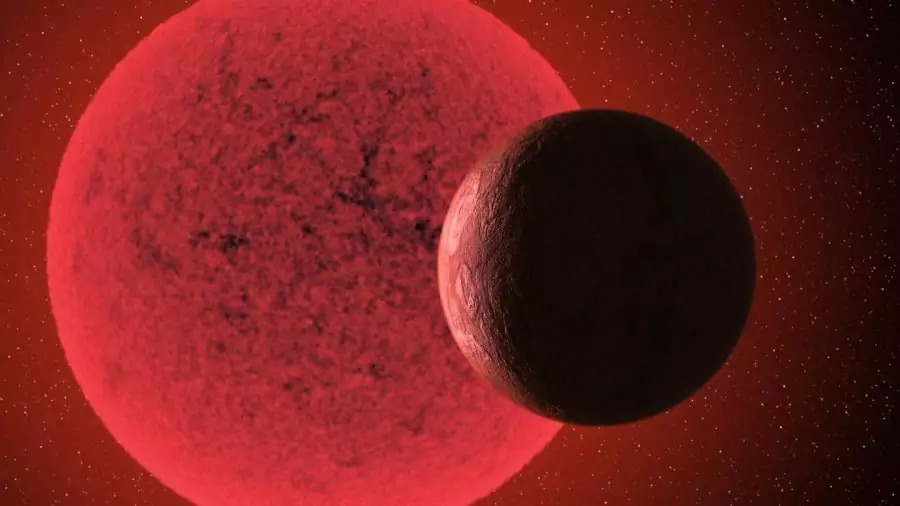Astronomers have discovered an interesting exoplanet: it orbits the red dwarf Ross 508, which is relatively close to the Solar System.
Its radius and mass are five times smaller than the radius and mass of the Sun. During measurements of the radial velocity of Ross 508, astronomers discovered deviations caused by the gravity of its invisible companion. It received the designation Ross 508 b.
The mass of Ross 508 b is four times the mass of our planet. Thus, we are talking about a super-earth. It makes a revolution around its star in 10.75 days and receives 40% more energy from its luminary than the Earth. This places Ross 508 b on the inner boundary of the habitable zone — a region where, provided a suitable atmosphere, liquid water can exist on the surface of a celestial body!
The exact orbital characteristics of Ross 508 b are still unknown. Initially, the planet could form at a greater distance from the star and only later migrate to the current orbit. They hope that new observations will be able to confirm or refute this hypothesis.
